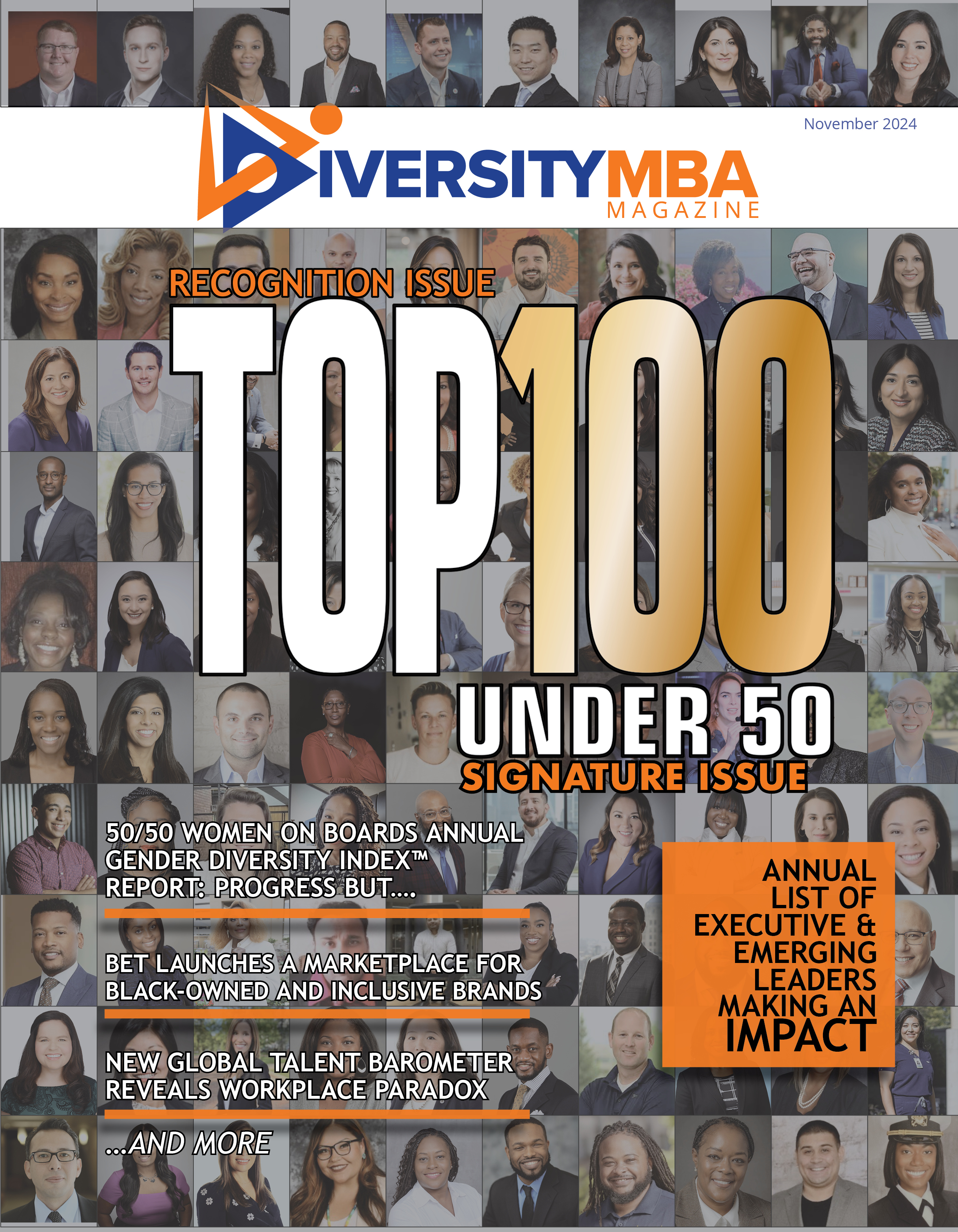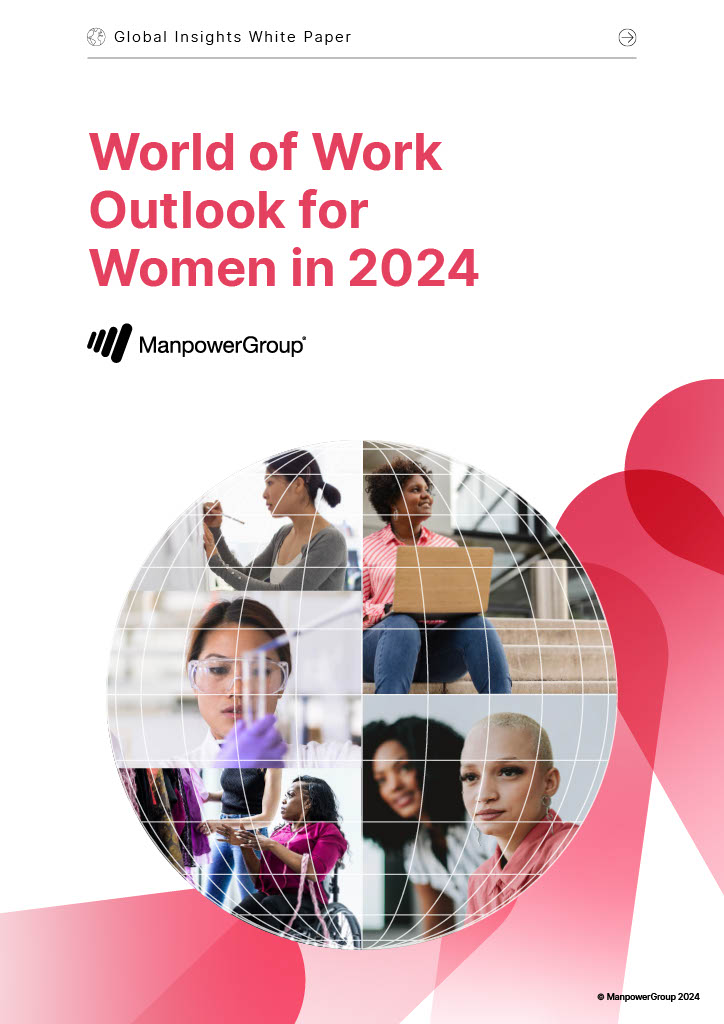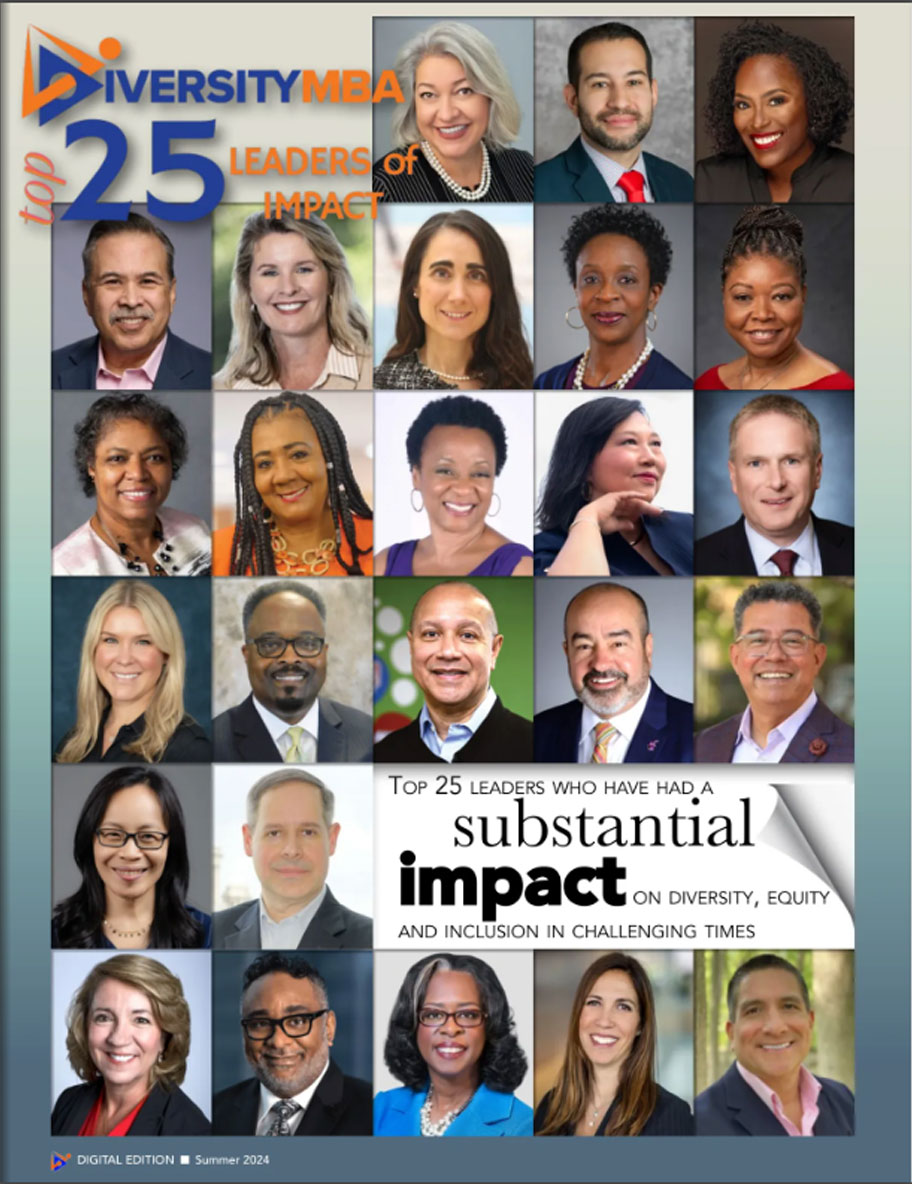For my summer vacation I went to Washington, D.C. where I got an unplanned lesson in perception.
I had planned to visit the National Museum of African American History and Culture with my family but we knew we could not get in on a weekend without advance reservations, which we did not have. So we decided we would wait till Monday to visit the museum.
We had not planned to visit the Jefferson Memorial. But, the Sunday before, we were wandering around town when we noticed we were near there and, never having seen it, decided we might as well stop in.
We were glad we went; it’s an impressive memorial. The centerpiece is a towering statue of Jefferson. On the surrounding walls are his lofty quotes, including the Declaration of Independence, which he authored:
“We hold these truths to be self-evident, that all men are created equal, that they are endowed by their Creator with certain unalienable rights, that among these are life, liberty and the pursuit of happiness.”
Clearly, we owe a significant debt to Jefferson for the rights we enjoy today.
If you visited the entire memorial, you did get some sense that Jefferson was not perfect – but you had to go down to the first floor. There, along a wall delving into every imaginable aspect of Jefferson’s life, was a small lighted panel revealing that he owned slaves – more than 200, according to the panel. But, the panel assured, he was known for his benevolent treatment of slaves.
Needless to say, that produced a few smirks in our family – how does one own slaves benevolently? The evidence the panel gave was that he only had a handful of runaway slaves returned. Yokay.
The next morning, we were able to get same-day tickets to the National Museum of African American History and Culture – in the summer, that’s a coup, even for a Monday. From the start, it’s pretty clear that the museum is going to give you a different view of our country’s history than you get from the average history book – or the average Washington memorial.
You start the museum tour on the ground floor. As you get off the elevator, you see this:
“Five hundred years ago, a new form of slavery transformed Africa, Europe and the Americas. for the first time, people saw other human beings as commodities – things to be bought, sold and exploited to make enormous profits.
This system changed the world. The United States was forged by slavery as well as a radical new concept, freedom. This is a shared story, a shared past, told through the lives of African Americans who helped form the nation.”
It’s not long before the museum deals with the founding fathers – including, of course, Thomas Jefferson. But the museum’s perception of Jefferson was a wee bit different than the perception we had gotten from the Jefferson Memorial the day before.
For one thing, the museum’s exhibit on Jefferson said he owned 609 slaves, not 200. And it did not try to put forth the ridiculous notion that Jefferson was somehow a nice slave owner. It stated:
“The Declaration [of Independence] did not extend ‘life, liberty and the pursuit of happiness’ to all Americans, undermining the ideal that all men are created equal.”
In fact, the museum had some quotes from Jefferson that the Jefferson Memorial apparently (let me be extremely generous here) did not have room to include, such as the fact that he stated, in 1781,
“The blacks, whether originally a distinct race or made distinct by time and circumstances, are inferior to the whites in the endowments both of body and mind.”
As I slowly moved through the museum, my mind was blown by how much I didn’t know, or didn’t fully understand or appreciate, about our nation’s history. The overall impression is not that the United States is some terrible place but that its history is complicated and contradictory.
As one museum panel put it:
“The paradox of the American Revolution – the fight for liberty in an era of widespread slavery – is embedded in the foundations of the United States. The tension between slavery and freedom – who belongs and who is excluded – resonates through the nation’s history and spurs the American people to wrestle constantly with building ‘a more perfect union.’ ”
We are still wrestling with how to make this union perfect. One of my daughters told me, after our visit to the Jefferson Memorial, that her high school social studies class had gotten into a discussion about Jefferson. The discussion became heated when some students insisted that it was wrong to judge Jefferson and other founding fathers by the standards of the present. “Times were different back then,” one of the students argued, according to my daughter.
I am African-American and a descendant of slaves. Sorry but I am not inclined to give Jefferson or anyone else a pass because the times were different back then. Human beings were still human beings – then and now – and there was nothing benevolent about slavery.
Rethinking the past is preamble to people of color claiming our right to full equality in every aspect of our nation’s present and future. If we are to be full citizens, the perception of descendants of slaves deserves equal footing as the perceptions of descendants of slave owners. After my moving visit to the National Museum of African American History and Culture, I am convinced that no one can fully and properly understand our nation’s history without visiting that institution at least once.
Many Americans appear to be listening to the voices that are demanding that we rethink the past as well as the present. The crowd at the museum was about half black and half other, mostly white. The crowds at the Jefferson Memorial were extremely white (and extremely spare) by comparison.
Our process of changing our nation and making it more inclusive has begun and cannot be stopped. As one of the museum’s panels but it, quoting historian John Hope Franklin:
“We’ve all got to tell the unvarnished truth.”








